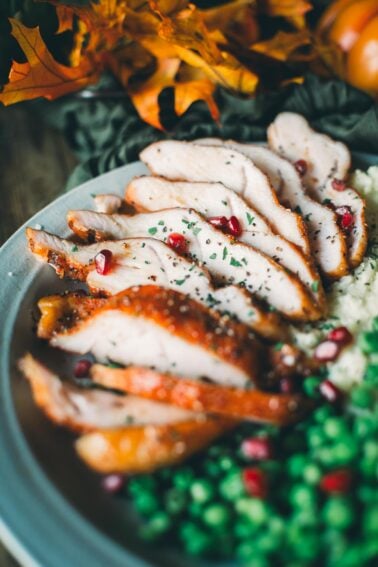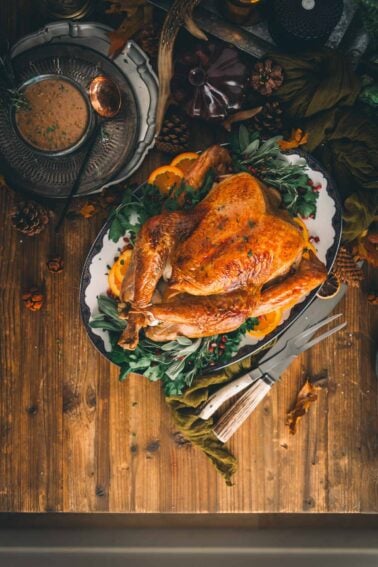Smoking food is not just a way of cooking, but a form of culinary art that has been prevalent for centuries. This practice imparts a delicious depth of flavor to food, transforming its texture into something truly remarkable. Essential to this process is the choice of smoking wood, which plays a pivotal role in determining the final flavor profile of the smoked food.
Understanding the Basics of Smoking Woods

Smoking woods are essentially hardwoods that are used in the process of smoking food. They produce smoke when burned, which then seeps into the food, imparting unique flavors. The type of wood used can have a profound effect on the taste of the smoked food, making it an essential element in the smoking process. Understanding the science behind wood smoke and flavor is fascinating. When wood burns, it releases compounds like lignin, cellulose, and hemicellulose. These compounds react with the food, producing distinctive flavors. However, the choice of smoking wood isn’t just a matter of personal preference. The type of food, smoking temperature, and desired flavor profile all play a role in the selection of the right wood.
Common Types of Smoking Woods

The most commonly used types of smoking woods fall into three categories: hardwoods, fruitwoods, and nut woods. Hardwoods like Oak, Hickory, Maple, and Mesquite are popular for their robust flavors. These woods are dense and burn for a long time, making them excellent for smoking substantial cuts of meat.
Fruitwoods like Apple, Cherry, and Peach are lighter and offer subtle, sweet flavors, ideal for smoking poultry or fish. Nut woods like Walnut and Almond, on the other hand, provide rich, nutty flavors. It’s important to note that not all woods are suitable for smoking. Softwoods like pine and cedar, for instance, contain high levels of resin that can give food a bitter taste.
Characteristics and Flavor Profiles of Different Smoking Woods

Let’s delve into the flavors imparted by some common smoking woods. Oak wood, for example, provides a strong yet versatile flavor, compatible with a variety of meats. It’s often the go-to wood for many smokers due to its well-balanced flavor profile.
Hickory is another popular choice, particularly for smoking pork, due to its robust, bacon-like flavor. On the lighter side, Apple wood offers a mild, slightly sweet smoke that works wonderfully with poultry and pork. Mesquite, with its earthy and intense flavor, is a favorite in Texas-style barbecue, but should be used sparingly as its powerful flavor can overpower the taste of the food.
Pairing Smoking Woods with Different Foods

Just as you would pair a wine with a specific dish, the same goes for pairing smoking woods with different foods. For instance, the strong flavors of Oak and Hickory complement hearty meats like beef and pork. Fruitwoods, with their milder flavors, pair well with lighter meats like poultry and fish. However, there are no strict rules, and experimentation can lead to some exciting flavor combinations.
For those who follow a vegetarian or vegan diet, smoking can still be a great way to enhance the flavors of vegetables and tofu. In these cases, using milder woods like Apple or Cherry can add a delightful smoky flavor without overpowering the natural taste of the food.
Preparation and Safety Tips for Using Smoking Woods

Before you start smoking, you need to decide whether to use wood chunks, chips, or pellets of your chosen wood. Chunks burn slowly and are perfect for long smoking sessions, while chips ignite quickly and are ideal for shorter cooks. Pellets, made from compressed wood, are a great option for pellet grills.
It’s crucial to use well-seasoned, or dried, wood for smoking. Fresh, or green, wood has high moisture content, which can lead to excessive smoke and a bitter flavor.
Lastly, remember to always follow safety precautions when smoking food. This includes maintaining a safe distance from flammable materials, never leaving a lit smoker unattended, and ensuring the smoker is completely extinguished after use.
In the end, the choice of smoking wood comes down to personal preference and the flavor profile you’re aiming for. So don’t be afraid to experiment and discover your own perfect pairing!
Hungry for more? Subscribe to our newsletter and become part of the world’s best meat community! From grilling tips to smoky secrets, we send you the best recipes, guides, and expert advice to master every cut.













